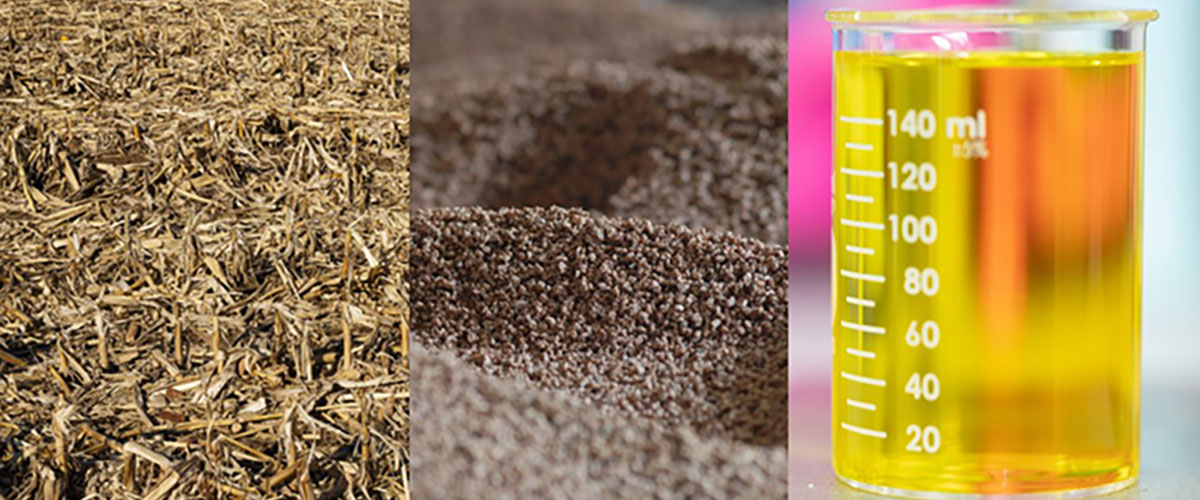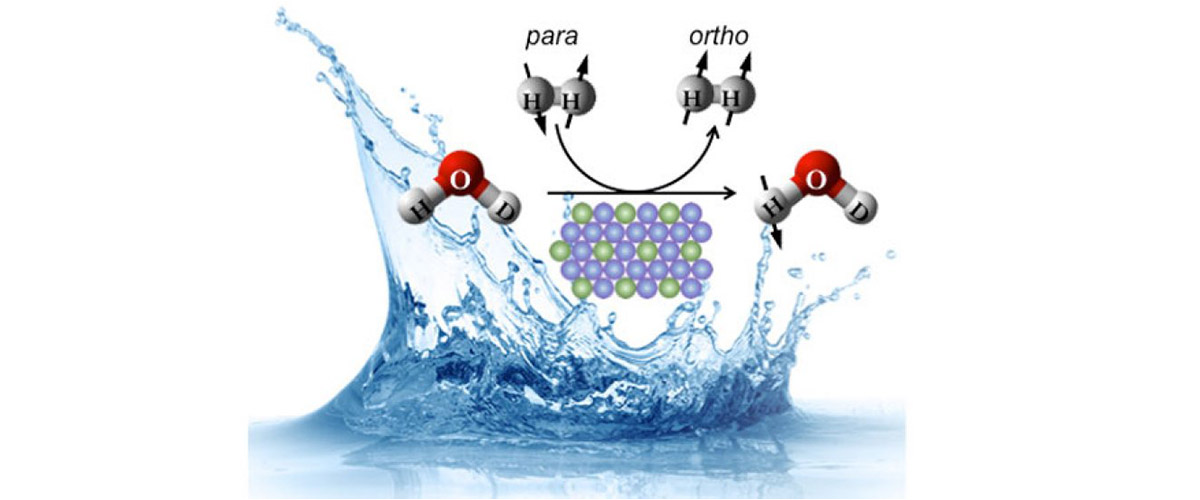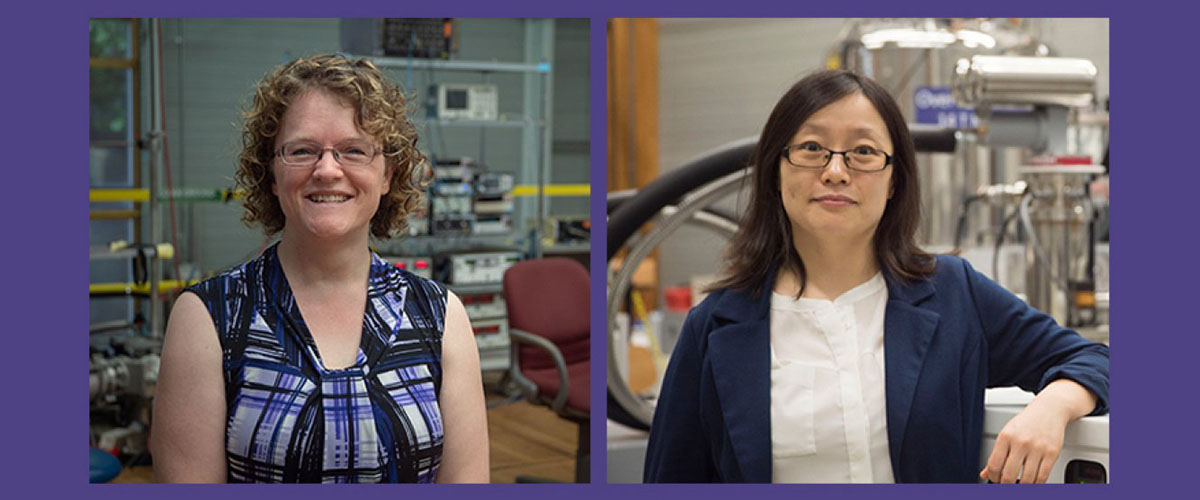Contact: Ryan Rodgers
TALLAHASSEE — Agricultural leftovers could someday help power your air travel.
Scientists at the National High Magnetic Field Laboratory are helping to study the feasibility of turning corn harvest waste into aviation fuel.
Researchers at the MagLab will work on the project alongside sustainable fuel company POET and the private research entity RTI International. The Department of Energy recently awarded $2.5 million for the research.
"The idea is to use the biomass as efficiently as possible," said Ryan Rodgers, a researcher who helped secure the funding for the MagLab's Ion Cyclotron Resonance facility.
POET produces ethanol from corn, but wants to find a better use for the husks, stalks and leaves left over after harvest. The company has become an expert on cleaning and prepping this agricultural waste for other uses.
That's where RTI comes in. The institute has built a way to process the waste through pyrolysis – heating the material in the absence of oxygen which stresses the molecules so they start to unravel.
After pyrolysis breaks apart the molecules, the challenge is to sort them, isolate the ideal ingredients, and combine those ingredients to create jet fuel. This is where the MagLab will apply its expertise, providing critical "molecular management" for the entire process.
"We're looking at all of the molecules and how they're behaving at each step," explained Rodgers.
The MagLab's 21-tesla Fourier-Transform Ion Cyclotron Resonance mass spectrometry system will analyze the complex mixture with a precision not available anywhere else in the world. For 20 years, MagLab scientists have been using these specialized methods to analyze petroleum. The molecular management that will be provided by the MagLab's instruments and experts will improve efficiency, reduce waste, and increase production capacity for the sustainable fuel.
"It's sort of like having a world class taste tester of your cookie recipes. They're tasting it and telling you exactly 'that's too much vanilla', or ‘that's too much this', and you can change the recipe to perfect the product," said Rodgers. "We do a similar job but with molecules."
The goal is to produce a cost-competitive jet fuel that reduces greenhouse gas emissions by 70% and can be burned in today's aircraft engines. It must meet stringent fuel specifications and be completely interchangeable with traditional jet fuels to avoid costly and complicated modifications to engines and fuel systems.
Ultimately, the fuel could be produced commercially and supplement traditional jet fuel.
"It's a way to intelligently use a waste product. We have waste materials from agriculture all over the place. If we can use them more intelligently to address greening transportation, which is something we all know needs to be done, it's a win," Rodgers said.
Right now, air travel accounts for an estimated 2.5% of annual global greenhouse gas emissions. By 2050, those emissions could triple given the projected growth of air travel. But turning a farming byproduct into greener jet fuel could change that.
"This gives us the best feedstock, the best pyrolysis and processing, and the best insight on where to send molecules and why. That allows us as a group to tell The Department of Energy, 'Hey given the new knowledge we have, this is feasible, and at this cost per gallon'" said Rodgers.
"It's going to be a fun project."






